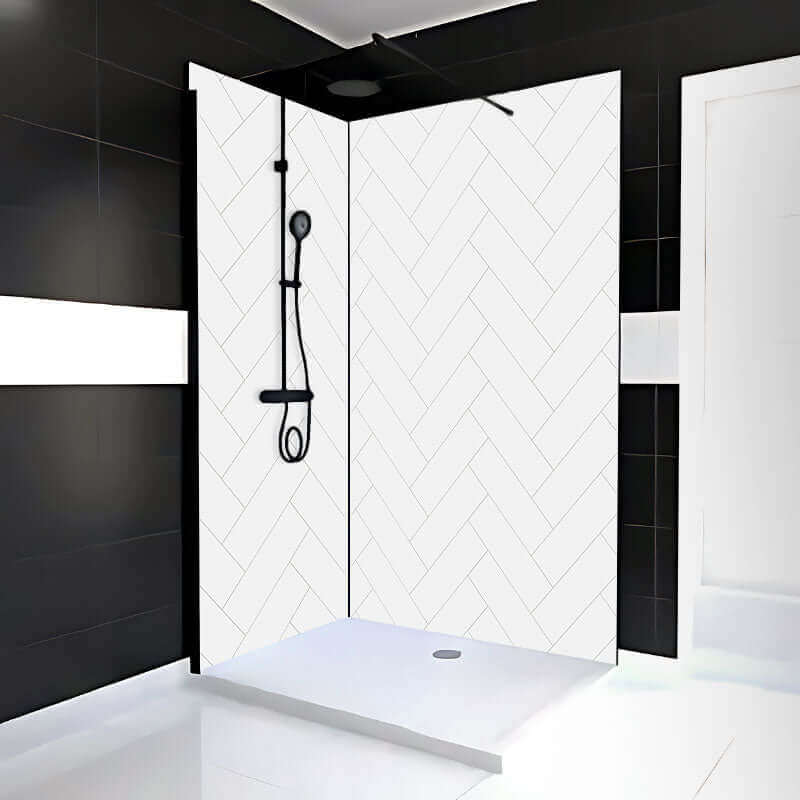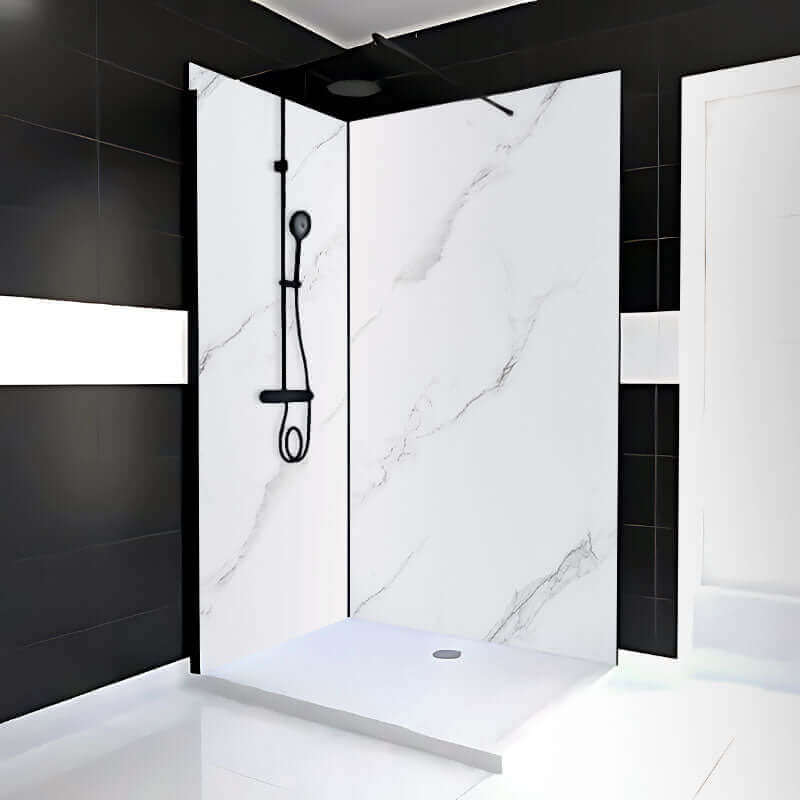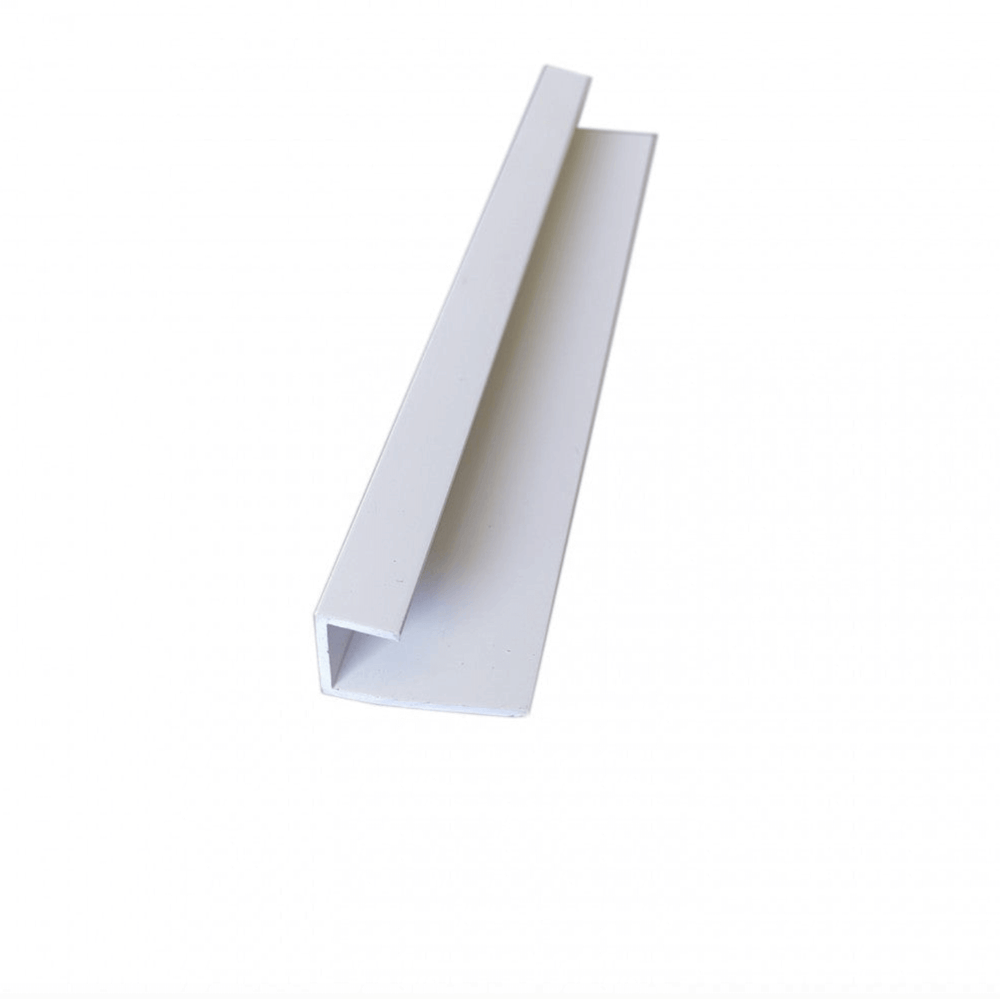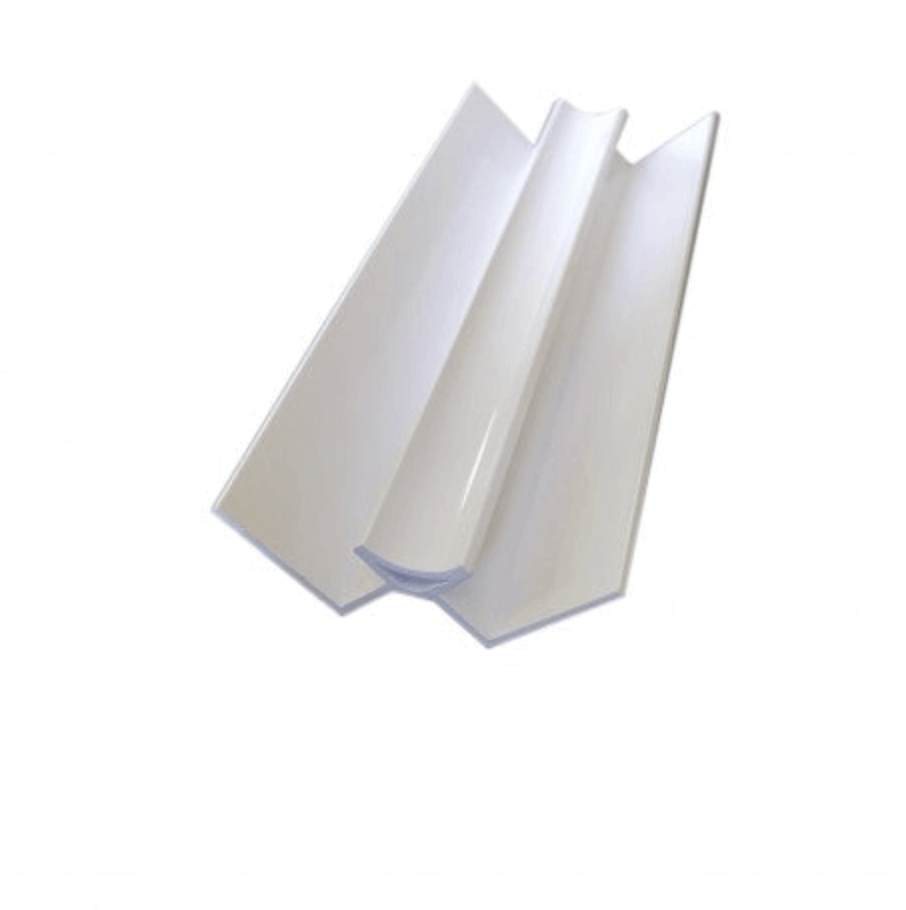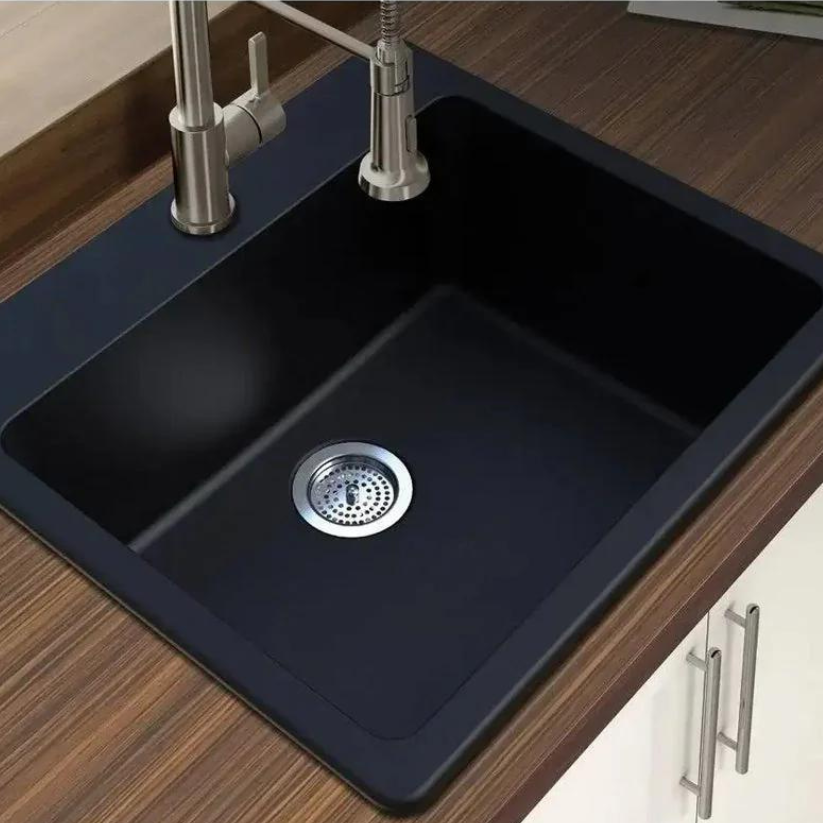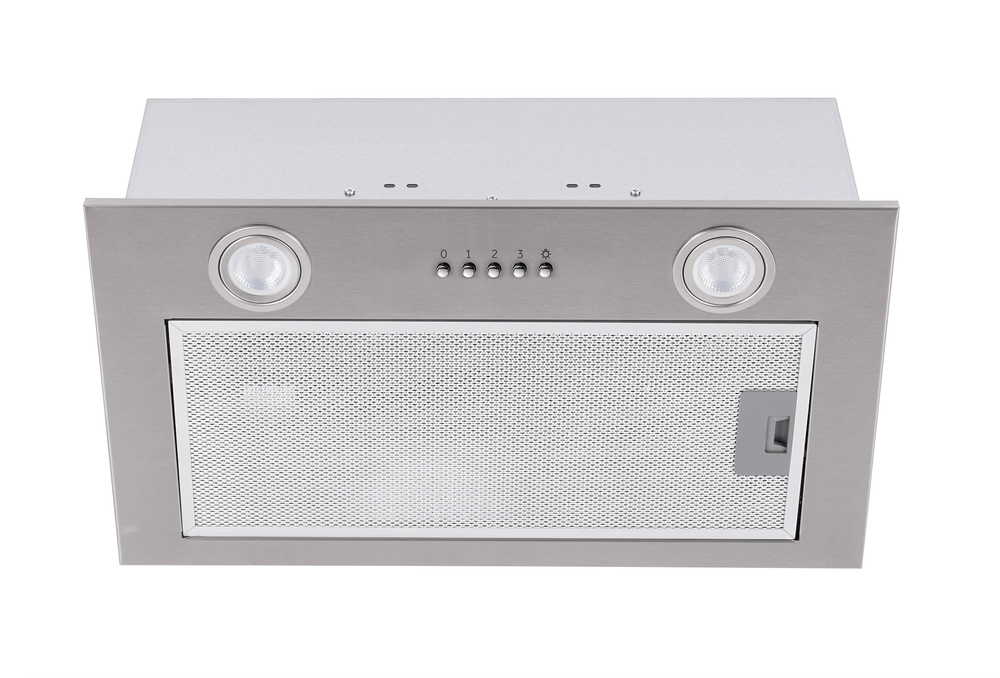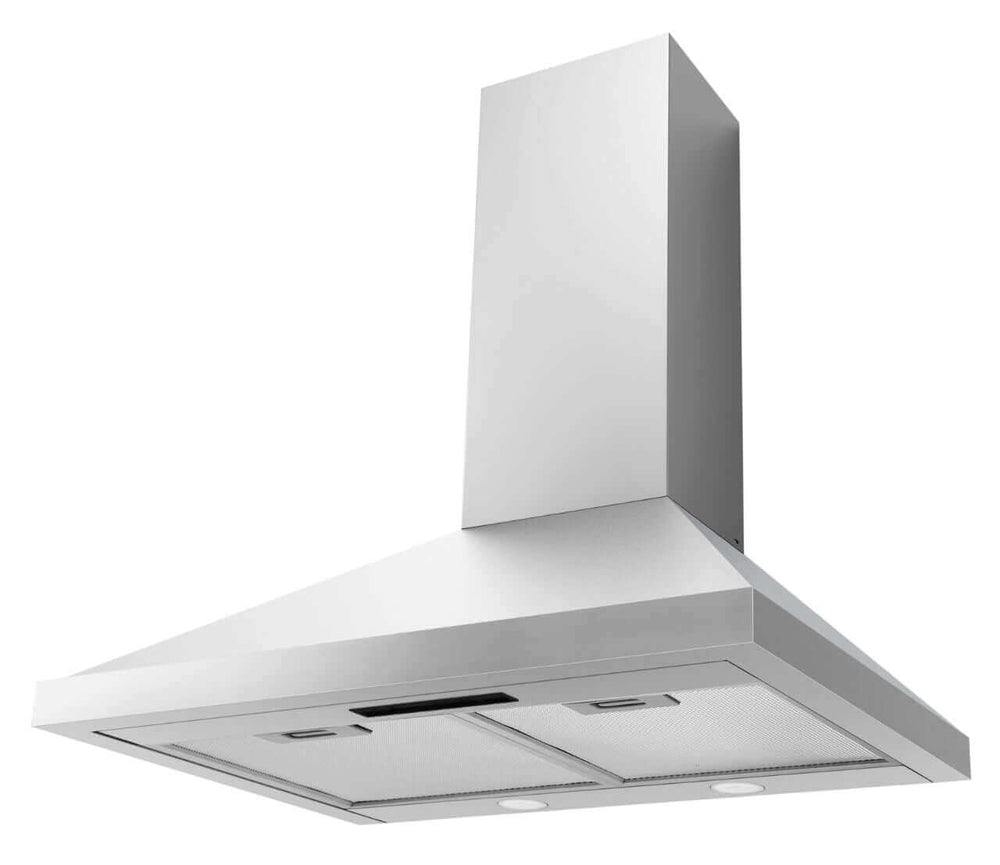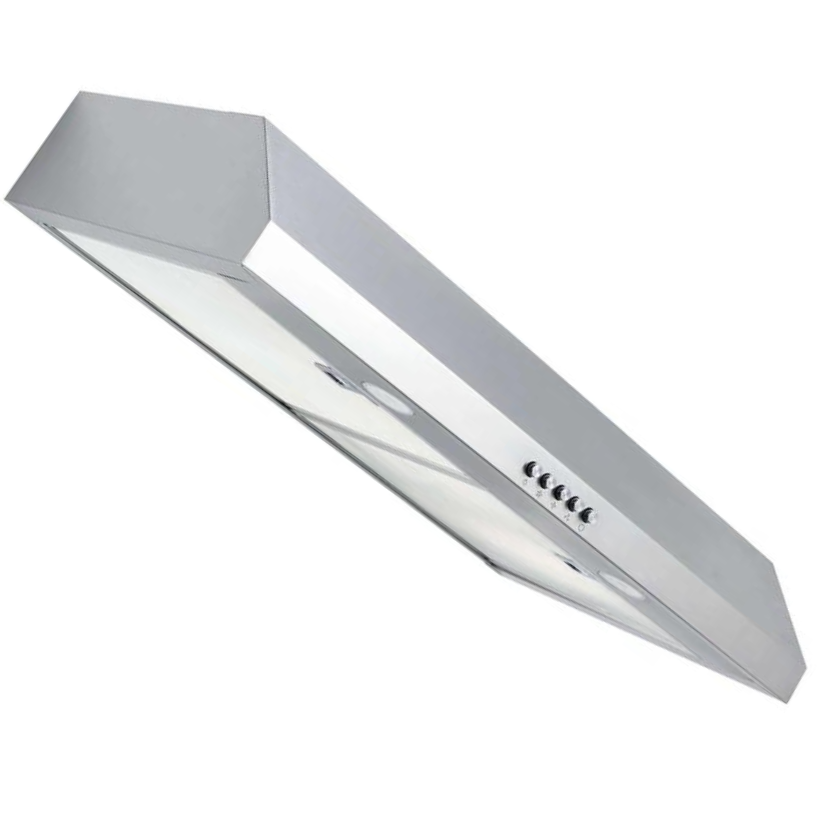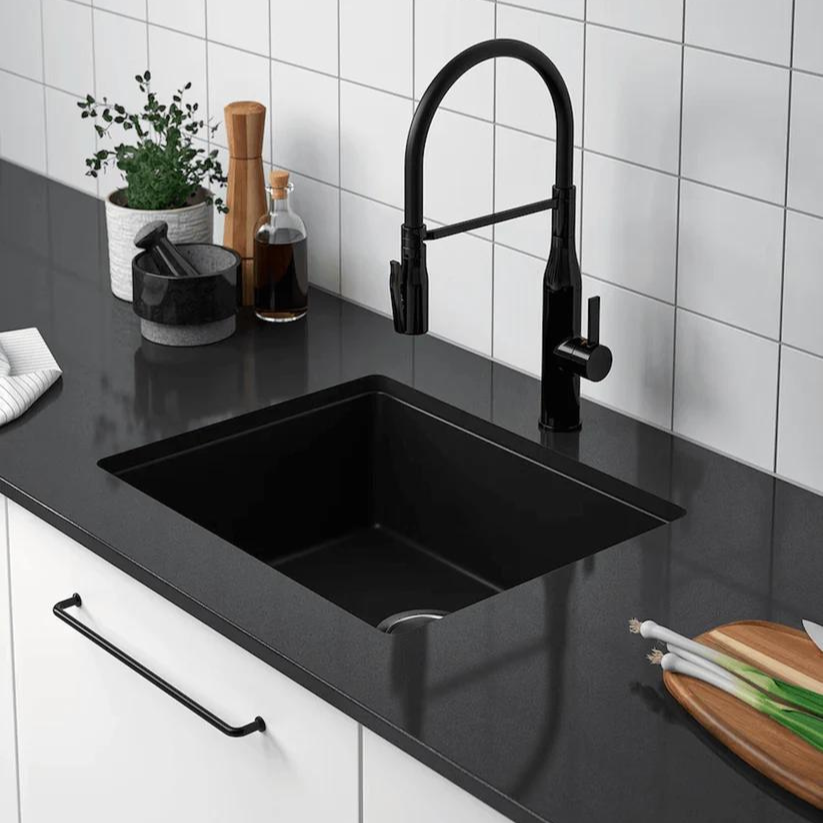Renovating a bathroom is a significant project that requires careful planning, budgeting, and the right choice of materials. This comprehensive guide will help you navigate through each step to ensure a successful and satisfying renovation.
Planning Your Bathroom Renovation1. Define Your Goals and Vision
Start by identifying the primary goals of your bathroom renovation. Are you looking to update the style, improve functionality, increase storage, or enhance the overall comfort and luxury? Create a vision board with ideas and inspiration to help solidify your design preferences.
2. Assess the Existing LayoutEvaluate the current layout of your bathroom to determine what works and what doesn’t. Consider factors like plumbing locations, electrical outlets, and structural elements. Decide if you want to keep the existing layout or make changes to improve flow and functionality.
3. Hire a Professional DesignerWhile DIY projects can be rewarding, hiring a professional designer can save you time and prevent costly mistakes. A designer can help you create a cohesive plan, select materials, and ensure that all elements work together harmoniously.
Budgeting for Your Renovation
1. Establish a Realistic BudgetDetermine how much you are willing to spend on your bathroom renovation. Include costs for materials, labor, permits, and any additional expenses that may arise. It's advisable to allocate an extra 10-20% of your budget for unexpected costs.
2. Get Multiple QuotesObtain quotes from several contractors to compare prices and services. Ensure that the quotes include detailed breakdowns of costs for materials and labor. This will help you make an informed decision and avoid any surprises later on.
3. Prioritize Your SpendingIdentify the most important aspects of your renovation and prioritize your spending accordingly. For example, you might choose to invest more in high-quality fixtures and tiles while saving on less critical elements like accessories.
Choosing the Right Materials
1. Durable and Moisture-Resistant MaterialsBathrooms are high-moisture environments, so it is essential to choose materials that can withstand humidity and frequent use. Opt for moisture-resistant flooring, such as porcelain or ceramic tiles, and consider waterproof wall finishes.
2. Stylish and Functional FixturesSelect fixtures that complement your design while offering functionality. Modern toilets, sinks, and bathtubs come in various styles and finishes. Consider features like water efficiency and ease of maintenance when making your choices.
3. Storage SolutionsIncorporate smart storage solutions to keep your bathroom organized and clutter-free. Built-in cabinets, floating shelves, and vanity units with ample storage can maximize space and enhance functionality.
Installation and Execution1. Prepare the Space
Begin by clearing out the existing bathroom. Remove old fixtures, tiles, and any other elements that will be replaced. Ensure that the space is clean and ready for the new installation.
2. Plumbing and Electrical WorkHave a licensed professional handle any plumbing and electrical work. This includes installing new pipes, fixtures, and wiring. Proper installation is crucial for safety and compliance with building codes.
3. Tile and Flooring InstallationInstall new tiles and flooring according to your design plan. Pay attention to the layout and alignment to ensure a professional finish. Use high-quality grout and sealant to protect against moisture.
4. Install Fixtures and FinishesOnce the flooring and walls are complete, install the fixtures and finishes. This includes the bathtub, shower, toilet, sink, and any additional accessories. Ensure that everything is securely installed and functions correctly.
Final Touches and Maintenance
1. Add Personal TouchesEnhance your bathroom with personal touches such as decorative mirrors, artwork, and plants. These elements can add character and warmth to the space.
2. Regular Cleaning and MaintenanceMaintain the beauty and functionality of your new bathroom by regularly cleaning and inspecting it. Use appropriate cleaning products to avoid damaging surfaces and fixtures. Check for any signs of wear and tear and address them promptly.
3. Enjoy Your New BathroomTake time to enjoy your newly renovated bathroom. Whether it’s a relaxing bath or a quick shower, appreciate the comfort and convenience that your efforts have brought to your home.

